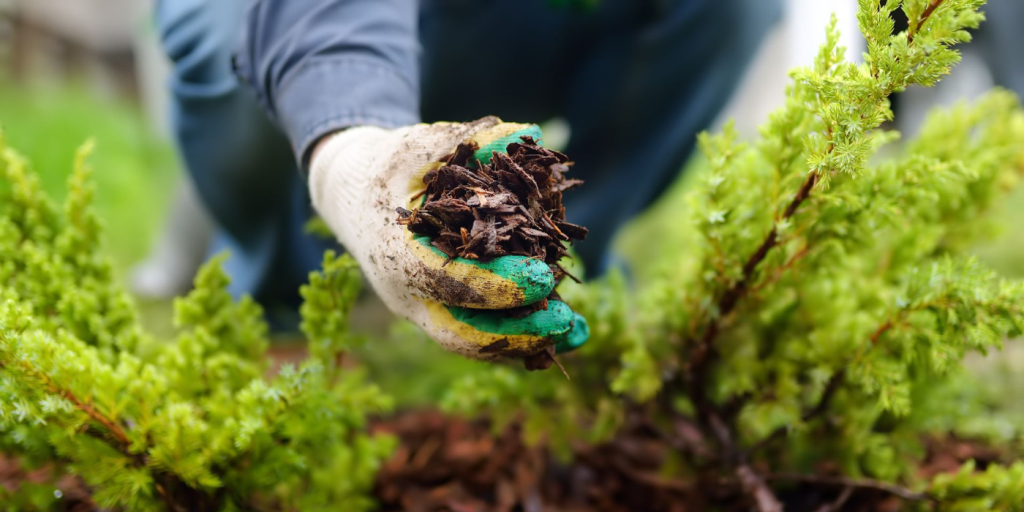Nurturing the Roots: A Guide to Tree Fertilization for Vibrant Growth

Introduction: Embark on a journey into the realm of tree fertilization, where the dance of nutrients beneath the soil plays a pivotal role in fostering lush canopies and robust vitality. This guide unravels the art and science of providing the nourishment trees need for optimal growth.
Understanding Tree Fertilization: Fertilization is a key aspect of tree care, ensuring that trees receive the essential nutrients necessary for healthy development. Let's delve into the nuances of this vital practice.
Essential Nutrients for Trees:
- Nitrogen (N):
- Promotes leafy, green growth and overall vigor.
- Phosphorus (P):
- Supports root development, flowering, and fruiting.
- Potassium (K):
- Enhances resistance to diseases and stress while contributing to overall tree health.
When to Fertilize:
- Seasonal Considerations:
- Spring and early fall are optimal times for fertilization, coinciding with periods of active growth.
- Tree Age:
- Younger trees benefit from more frequent fertilization to establish strong roots, while mature trees may require less frequent applications.
Fertilization Methods:
- Surface Application:
- Spreading fertilizer on the soil surface and watering it in is a common method.
- Deep Root Injection:
- Delivering fertilizer directly to the root zone provides targeted nourishment.
Choosing the Right Fertilizer:
- Balanced Fertilizers:
- Those with equal ratios of nitrogen, phosphorus, and potassium are suitable for general tree health.
- Slow-Release Formulas:
- These provide a steady nutrient supply over an extended period, reducing the risk of over-fertilization.
Environmental Considerations:
- Soil Testing:
- Conducting soil tests helps determine specific nutrient deficiencies and tailor fertilization accordingly.
- Organic vs. Synthetic Fertilizers:
- Consider the environmental impact and choose fertilizers that align with sustainable practices.
Frequently Asked Questions:
- Q: Can over-fertilization harm trees?
- A: Yes, excessive fertilization can lead to nutrient imbalances, root damage, and environmental pollution.
- Q: Are organic fertilizers as effective as synthetic ones?
- A: Yes, organic fertilizers can be effective, providing a slow-release of nutrients and improving soil structure.
- Q: Do all trees require the same fertilization regimen?
- A: No, different tree species and individual tree health conditions may require tailored fertilization approaches.
Conclusion: In the orchestration of tree growth, fertilization emerges as a key note, playing a melody that resonates through roots, branches, and leaves. By understanding the nuances of tree fertilization, we become custodians of flourishing landscapes, nurturing trees to reach their full potential. May this guide inspire a harmonious dance between trees and the nutrients that sustain their majestic existence.
